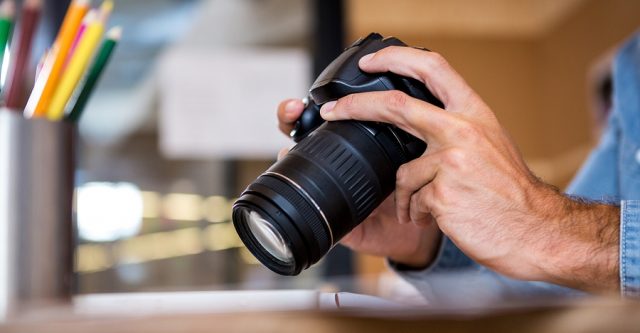

However, it's nowhere near as smooth an experience, and you can expect your arms to get tired after a while at the controls.ġ80 degrees from the actual adjustment knobs for each movement are locking knobs, slightly smaller in diameter.īe sure to UNLOCK each before trying to adjust shift or tilt, and then snug it back down once you've arrived at a desired setting to keep it from any inadvertent movement. though it *is* possible to do this hand-held. Tripod use is definitely preferred where possible, since it keeps everything anchored and lets you concentrate on composing and working the lens's controls. In some cases, even a wide-open aperture can get the job done, which might never be possible with a conventional lens. If you apply tilt correctly, you won't require tiny f-stops like f/22 just to hope to get an entire subject sharp.


It can sometimes also be useful for literally shifting the subject in the frame, removing the image of photographer & camera if shooting into a wall with small mirrors (this won't work for an entire mirrored wall, of course!), and so on. Shifting the lens up, down, left or right is primary for perspective control – the obvious example is keeping vertical lines on a building or product (like a cereal box) straight, and avoiding the "pyramid" effect of converging vertical lines. Parenthetically, if you're using a separate hand-held meter (not the one built-in to the camera body), you can normally set the camera to whatever the meter suggests, whether you've engaged tilt and/or shift or not, as typically a hand-held meter will be pretty close to optimum exposure for ambient light. Note that this is far less of a problem with the mirrorless cameras, since they're metering directly off the image sensor, and the light doesn't have to get reflected upward by a DSLR mirror,Īnd then get scattered by a focus screen before it's read by a metering sensor in the prism area, near the viewfinder eyepiece.īottom line, do any metering (manual mode, of course, is ideal for this, since nothing will change if you begin to adjust the TS-E lens), before you start tilting and/or shifting, and you should be in a good place to begin taking actual shots.ĭon't freak out if you do need to tweak exposures, after a couple of quick test shots, to nail it down the way you want. On any of the cameras with an optical viewfinder, you will get exposure errors or deviations if you meter daylight or E-TTL flash with a TS-E lens that's not at its zero adjust positions. Metering with DSLRs: You MUST perform any in-camera metering with a TS-E lens at the zero Shift and Tilt positions. I *always* recommend starting with both tilt and shift zero'ed out, before you begin to work with adjustments. There are certainly many instances where just one will provide the look you want in finished images, so don't assume every shot will need a combination of both (of course, experimentation can be great fun). It is important to be sure in one's mind what the two different possible adjustments – Shift and Tilt – do, and why you might want to apply one or the other. Otherwise, there's a bit of trial-and-error, especially if you're trying to adjust the zone of sharpness (notice I avoided saying "depth of field," as that technically doesn't change you're altering the plane of sharpest focus via the tilt operation). Keep in mind there's no "one-touch" way to set the lens up unless you've recorded previous settings and are shooting the same subject subsequently, at the same camera position, subject distance, and so on. While there's no one "official" way to work with the TS-E lenses (I'm sure you'll find some diversity of opinion on what different users feel is best), the following is what works best in my experience.

In response to a tilt-shift lens question, Canon USA Technical Advisor Rudy Winston provided a detailed response that we though was worth sharing with you.Ĭanon TS-E Tilt-Shift Lens General Shooting Procedure
#Topaz lens effects dslr tutorial series
Flash Deal at B&H: Gitzo GK2542-82QD Mountaineer Series 2 Carbon Fiber Tripod with Center Ball Head – Only $899.88 (Save $600.00), More!.Sigma 20mm F1.4 DG DN Art Lens and the Milky Way, Cherry Springs State Park.


 0 kommentar(er)
0 kommentar(er)
